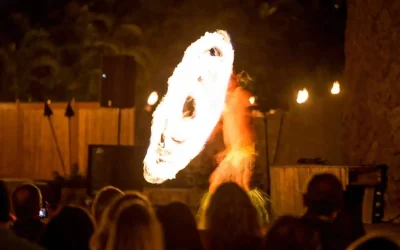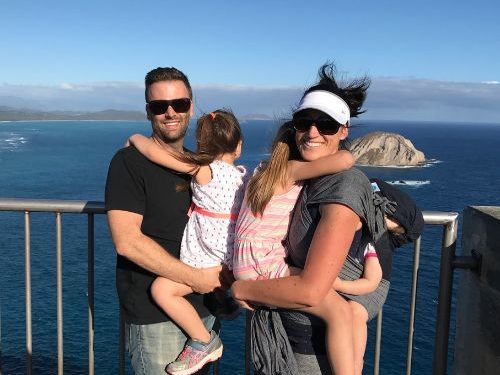What Does Kapu Mean? Understanding the Ancient Hawaiian Code of Conduct and Taboos

“File:2013-kapu-Vtorov.jpg” by Ivtorov is licensed under CC BY-SA 4.0.
Have you ever heard someone in Hawaii say, “That’s kapu,” and wondered what it meant? Kapu is an ancient Hawaiian code that shaped every aspect of traditional life, from gender roles to spiritual practices.
This article peels back the layers of history to reveal how this complex system influenced Hawaii then and now. Dive in to unlock the mysteries of kapu!
Planning a trip to Hawaii? Join our Hawaii Travel Facebook Group here now! It’s the perfect place to ask any questions and to be inspired!
This what does kapu mean post is written by Bryan Murphy, an expert in Hawaii travel and a top-rated podcast host. The post may contain affiliate links, meaning I may earn a small commission if you use the provided links. Learn more on my privacy policy page.
Planning Your Trip? Use Our Favorite Resources!
🏨 Accommodations: We recommend Expedia
✈️ Flights: For the cheapest flights, we use Skyscanner
🚗 Rental Car: We recommend Discount Hawaii Car Rental
🌋 Attractions: We recommend Get Your Guide
🌺 Luaus and Tours: We recommend Hawaii Tours
📱 Mobile Tour App: Our favorite is Shaka Guide
What Does Kapu Mean?
Kapu is a Hawaiian term primarily meaning “forbidden.” It also conveys nuances of being “sacred” or “consecrated,” often used in contexts similar to “no trespassing.” Kapu is integral to Hawaiian culture, denoting ancient laws and spiritual practices, and the Hawaiian term Kapu means sacred.
Kapu shapes the core of ancient Hawaiian law and culture. It stands for what is forbidden or sacred, setting boundaries in daily life. These rules cover food, social behavior, and religious rituals.
They hold the islands’ way of living in balance. Breaking kapu could bring harsh penalties, sometimes even death.
In old Hawaii, kapu kept order among people and nature. Chiefs used it to rule and priests to connect with gods. Men couldn’t eat with women; certain foods like pork were reserved for chiefs due to their mana or spiritual power.
Kapu’s influence reaches into modern days, linking past to present.
Key Takeaways of What Does Kapu Mean
- Kapu is an old Hawaiian system that told people what was sacred or off-limits. It made rules about food, clothing, and even how to show respect.
- If someone broke a kapu rule, they could be punished harshly. Under the Hawaiian Kapu system, these rules helped chiefs stay in power and kept the community in harmony with the gods.
- Women weren’t allowed to eat certain foods like pork or bananas because they were linked to the gods in the Hawaiian. The Kapu system, integral to Hawaiian culture, also included restrictions on contact between men and women. Men and women had different places for eating meals.
- Some things were kapu only for royalty, like wearing feathers of certain colors or eating specific fish that represented chief deities.
- Today, Hawaiians still follow some kapu practices out of respect for their culture and history. They honor traditions during ceremonies and care for nature as if it were sacred.
Understanding the Kapu System
Dive into the heart of ancient Hawaiian society by exploring the kapu system, a complex network of taboos that intricately wove together daily life and spiritual beliefs.
This set of sacred laws and customs, also known as the Hawaiian kapu system, governed everything from dining etiquette to religious ceremonies, reinforcing social order and ensuring harmony with the gods.
Kapu in Hawaiian Lifestyle, Gender Roles, Politics, and Religion
Kapu touched every part of life in ancient Hawaii. It set rules for food, clothes, and even where people could go. Certain foods, like pork and bananas, were kapu for women to eat because they represented the gods.
Men had different eating places from women and lower-ranking people couldn’t sit or stand higher than their chiefs.
In politics, the king used kapu to show his power and control. He made laws that kept order in society. Religion was deeply woven into these rules as well. Places of worship called heiaus were kapu; only certain people could enter them during sacred times.
Hawaiians believed breaking a kapu could bring anger from the gods or bad luck to the whole community—so they followed them closely. This way of life helped keep peace and showed respect for nature and each other’s roles in society.
RELATED PODCAST: Conscious and Respectful Travel in Hawaii
The Role of Kapu in Ancient Hawaiian Legal System
In ancient Hawaii, the Kapu system worked like a set of laws. It dictated what people could and could not do. This kept everyone in order—like a big family with strict rules. If someone broke these rules, they often faced harsh punishments, sometimes even death.
The system helped high-ranking chiefs maintain power and keep their divine status. Commoners had to show great respect to the chiefs by following Kapu, an integral part of Hawaiian culture.
This system was used in Hawaii until 1819. They couldn’t look directly at them or let their shadows touch the chief’s shadow.
Everyone knew their place because Kapu controlled daily life, from food to worship.
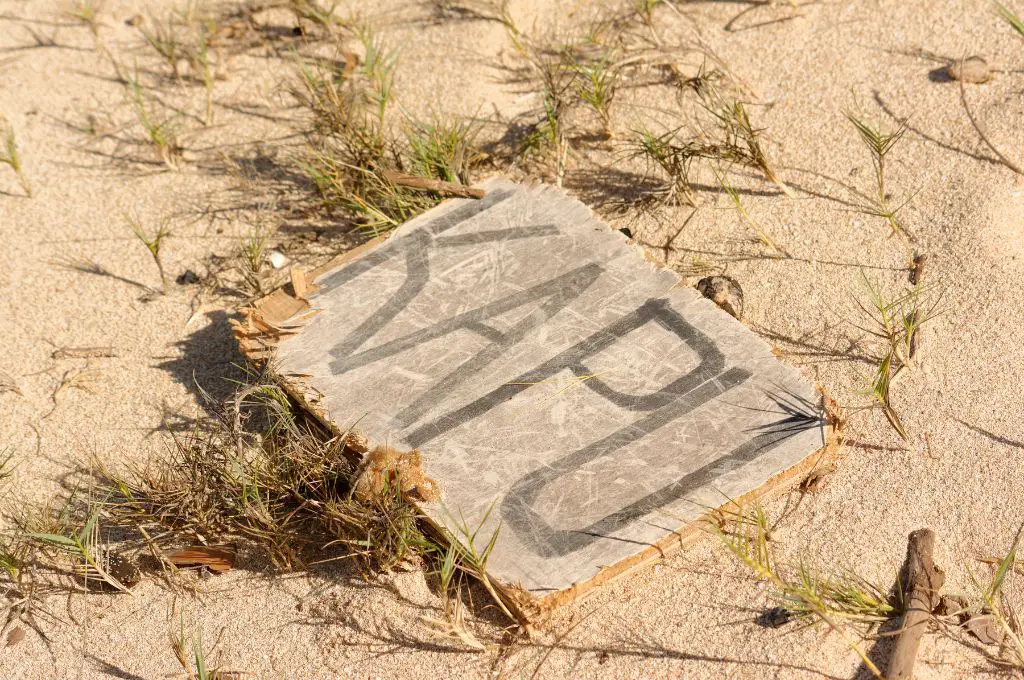
“Walk along the North Shore – Haleiwa to Laniakea Beach” by jdnx is licensed under CC BY 2.0.
Taboos Associated with Kapu
Kapu was the cornerstone of traditional Hawaiian society, shaping every aspect of life. It set sacred rules that everyone had to follow or face severe consequences.
- Eating certain foods was forbidden for women, including pork, coconut, and bananas, as these were thought to embody the gods.
- Men and women could not eat meals together; this practice was strictly observed to maintain the purity of their separate roles.
- Certain fish were kapu for anyone except royalty since they represented chief deities and were symbols of rank.
- The shadow of a commoner could not fall upon a chief or anything related to them; this showed deep respect for one’s superiors.
- Wearing red and yellow feathers was reserved for the ali’i (nobility); these colors denoted high status and divine connection.
- Cutting hair or fingernails required care; disposing of them improperly could allow someone to work evil against you through sorcery.
- Places like a heiau (temple) were off-limits unless an individual participated in religious ceremonies or rituals prescribed by kahuna (priests).
- Breaking any kapu, even by mistake, often resulted in a death sentence unless the violator reached a pu’uhonua (place of refuge) before capture.
The Impact of Kapu on Modern Hawaiian Culture
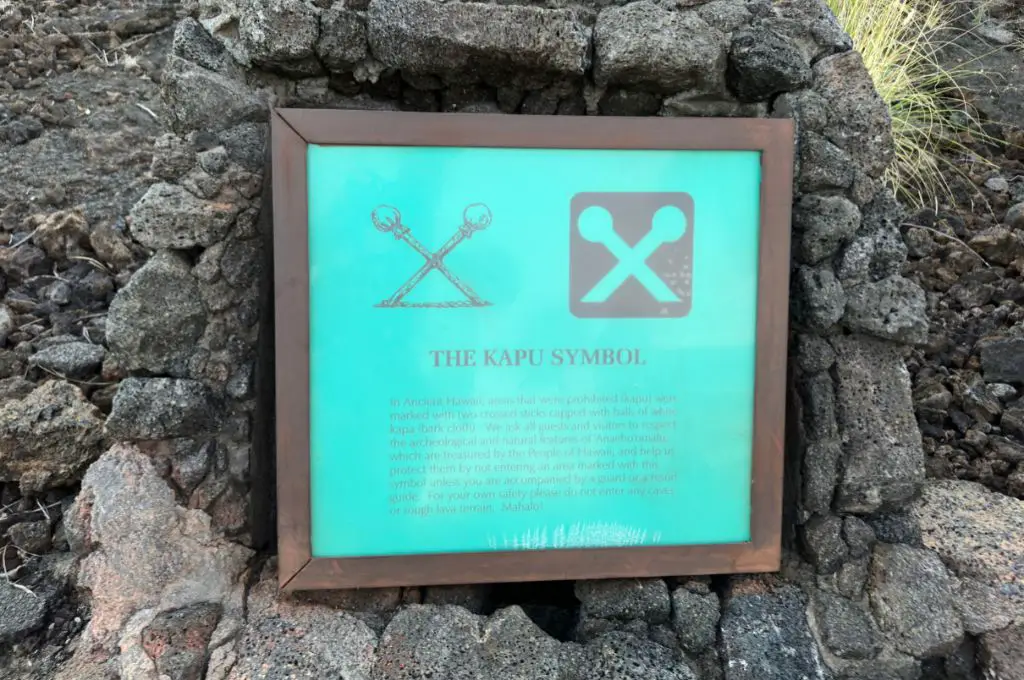
Photo by Bryan Murphy with Hawaii’s Best Travel
Hawaiian culture today still feels the echoes of the kapu system. You can sense reverence for its ancient traditions among Hawaiians. Certain customs are alive, weaving together daily life and sacred practices.
For example, many still honor the land as if it were kapu, showing deep respect for nature.
The end of kapu in 1819 led to big changes, but some old ways remain strong. Locals keep these traditions to connect with their past and teach them to new generations.
They guide behavior during Cultural ceremonies in the Hawaiian Kapu system involved giving thanks to the gods. and when caring for the natural world.
This heritage shapes identities and helps people understand their place within a greater story that started long before tourists ever set foot on Hawaii’s shores.
Our Opinions and Advice
When visiting Hawaii you may come across Kapu signs made professionally and some by hand. Regardless of whether they look “official” or not, please respect them and do not enter that location. It may be kapu, because of its historical connection or for your own safety.
Recommended Tours Nearby (Viator Widget)
Wrap-Up for What Does Kapu Mean?
Kapu shaped Hawaii’s past and still touches the present. It’s a bridge between ancient traditions and today’s values. You’ve learned about its sacred rules and how they ordered life long ago.
Remember, respecting Kapu honors Hawaiian heritage even now. Let it guide your appreciation of this rich culture during your visit.
FAQs for What Does Kapu Mean?
1. What is the Hawaiian word ‘kapu’ and what does it mean?
The Hawaiian word ‘kapu’ means sacred. It was a system of laws that regulated every aspect of ancient Hawaiian life, from politics to daily contact between people.
2. Can you tell me about the ʻai kapu?
The ʻai kapu was part of the kapu system in Hawaii that prohibited women from eating certain foods and required men and women to eat separately. It represented respect for gods like Wākea.
3. Who abolished the kapu system in Hawaii?
King Kamehameha II, also known as Liholiho, along with his mother Queen Keōpūolani and stepmother Kaʻahumanu, decided to abolish the kapu system in 1819.
4. Why did they decide to get rid of kapu rules?
They wanted freedom from strict religious rules that separated genders even at meals and limited high-status foods like large fish or taro for commoners.
5. What might happen if someone broke a kapu rule?
Breaking a kapu even by accident could be very serious; it sometimes meant death because people believed breaking one could anger gods who gave power to rulers.
6. Are there any parts of the old kapus still around today in Hawai’i?
While not legally enforced, some native Hawaiians still honor aspects of these traditions as a way to respect their ancestors and maintain cultural practices important for Polynesian heritage.
Enjoyed this Post About What is Kapu? (Pin it to save it!)
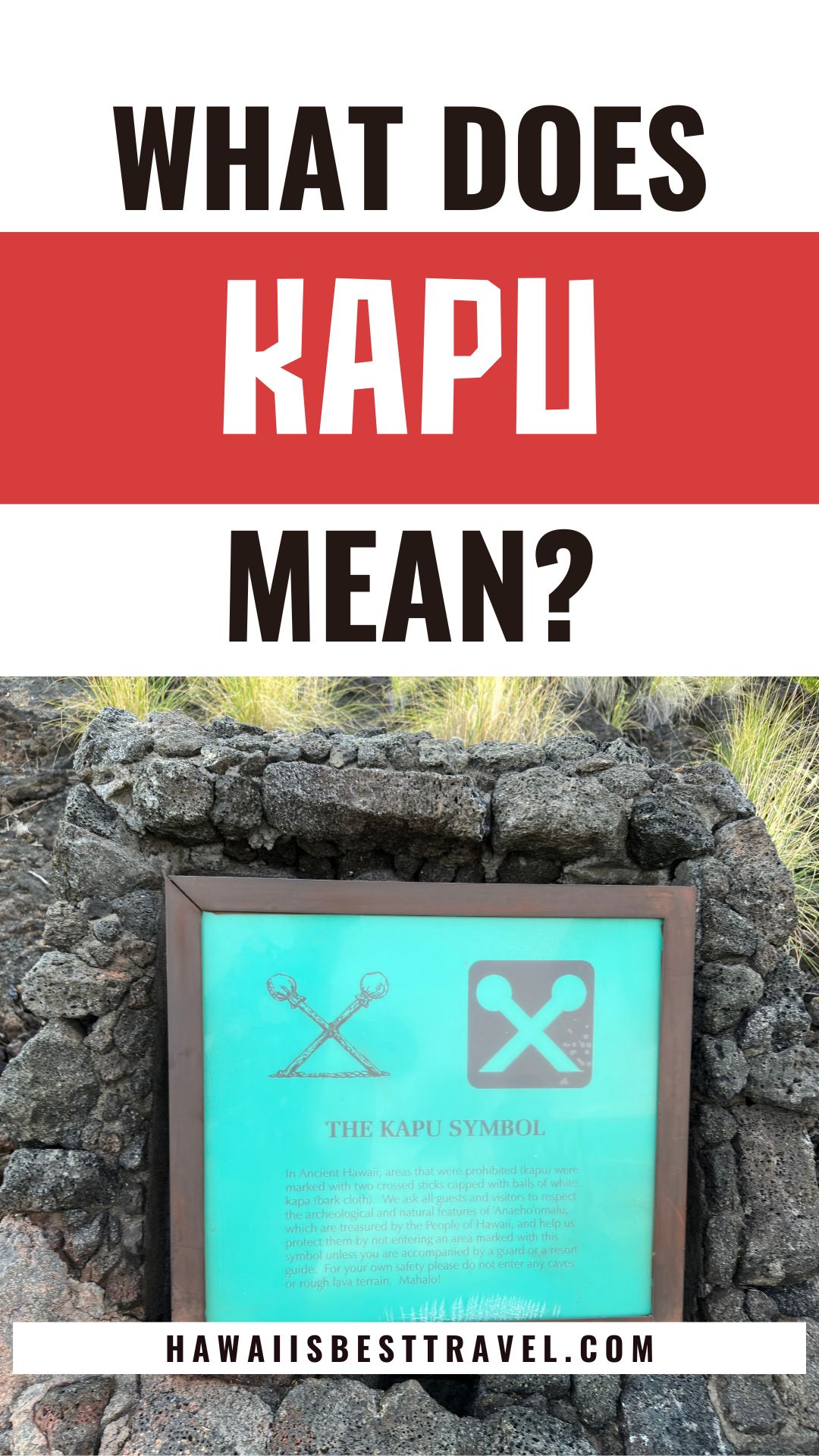
RELATED POSTS
Ultimate Big Island Luau Guide to the Best Luaus on the Big Island of Hawaii (2024)
[dssb_sharing_buttons icon_placement="icon" columns="2" _builder_version="4.24.2" _module_preset="default" box_shadow_style_icon="preset1"...
What to Wear to a Luau in Hawaii: Tips for Luau Attire
[dssb_sharing_buttons icon_placement="icon" columns="2" _builder_version="4.24.2" _module_preset="default" box_shadow_style_icon="preset1"...
What Is a Traditional Hawaiian Luau? A Guide to Understanding Luaus in Hawaii
[dssb_sharing_buttons icon_placement="icon" columns="2" _builder_version="4.24.2" _module_preset="default" box_shadow_style_icon="preset1"...
Bryan Murphy, owner of Hawaii’s Best Travel, is a certified Hawaii destination expert from the Hawaii Visitors Bureau. He actively participates in the Hawaii Visitors and Convention Bureau as a member and has a strong educational background focused on local culture and sustainability. As the host of “Hawaii’s Best Travel,” a top-30 US travel podcast, Bryan combines his years of experience with valuable insights. He connects with a broad online community, reaching nearly half a million people, and offers a richer, more responsible way to experience Hawaii.




